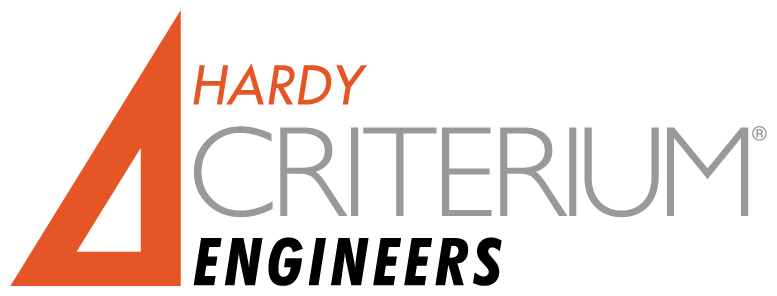Criterium-Hardy provides best practices for establishing and
maintaining the physical and fiscal well-being of Community Associations throughout Missouri, Illinois, and Kansas.
Home Owners Associations
Home Owners Association Services

RESERVE STUDY
What is a Reserve Study?
Download a Sample Reserve Study
Reserve Studies include an estimate of future capital expenses and a financial analysis of the community’s reserve fund:
- Capital expenses are non-annual repairs that the community association is responsible for. Examples: Paving of private streets, townhome or condo roofing and painting, site drainage improvements. Capital expenses are NOT: annual budget items, landscaping, cleaning, utilities, fees or repairs due to natural disasters or other events covered in an insurance policy. The estimate includes a timeline of when the repairs will be required and how much the repairs will cost. The timeline and cost estimates are derived from several sources: historical information from our clients, our network of local contractors, our local experience in construction management, RS Means Construction Cost Data.
- The financial analysis of the community’s reserve fund will evaluate the current reserve account balance and contribution rate to determine if it adequately achieves the funding goal. The analysis incorporates an estimate of inflation and return on invested monies. We use the Cash-Flow Method where contributions to the Reserve Fund offset variable capital expenditures. We determine if the current funding meets a Baseline or Threshold Funding Goal and we provide up to three recommended alternative funding strategies to achieve the funding goal.
How is a Reserve Study completed?
Completing reserve studies involves several steps:
- Proposal, defining scope, association responsibilities, acceptance of proposal
- Investigate historical information on previous capital expenses, current deficiencies
- Determine current financials (reserve fund balance, contribution rate)
- Document review
- On-Site inspection(s)
- Building and Site Component inventory
- Condition of components
- Photos
- Financial analysis
- Develop draft report including explanation of condition evaluation and financial analysis
- Submit draft Report, financial analysis, photo log
- Board meeting with open discussion on draft and recommended funding alternates
- Adjust and finalize report.
Why should a community have a Reserve Study?
- A reserve study will provide the community with a tool to adequately prepare for future expenses. Preparing for future expenses should help the community avoid special assessments.
- Some state and local governments have laws in place that require communities to have a reserve study. Fannie Mae and FHA also have some limited requirements of condominium communities to have adequate funds in a reserve account.
- A reserve study will also provide a third party assessment of the condition of the site components. This assessment will identify areas of concern in the community.
- A reserve study also provides the community with a repair capital budgeting tool that will allow you plan for future projects and to invest reserve funds efficiently. The reserve study will provide an estimate of end of year fund balances, this information will allow you to invest reserve funds in CD’s or other investment vehicles of appropriate term length with potentially better returns.
What is a Reserve Study Update?
A Reserve Study Update is a site inspection to evaluate condition of components and an update of the financial analysis. An update will re-establish and confirm remaining useful life estimates. These may vary from the original study due to climate variations. The update will include a financial analysis which may vary from the original due to variations in economic conditions. Some states and local governments have laws in place that require communities to periodically update reserve studies.
We recommend updating reserve studies every three to five years or at a significant change in the responsibility of the association (adding amenities, increase in size, etc.).


HOA Reserve Study: Capital Expense Projections & Financial Analysis
Download Sample Transition Study Report
- An evaluation of the condition of components prior to the HOA accepting ownership from the developer. Transition studies include descriptions of any defects or deficiencies in the construction and will provide budgetary estimates for correcting the issues discovered.

Concerned with the structural integrity of your property? Typical concerns include: Cracks in foundation walls, cracks in drywall, cracks in concrete slabs, sagging or uneven floors, chimneys or porches separating from main structures, temporary support structures, leaning retaining walls, cut or removed framing members, etc. We will provide an evaluation of your property and a report detailing our findings and specific repair recommendations.
